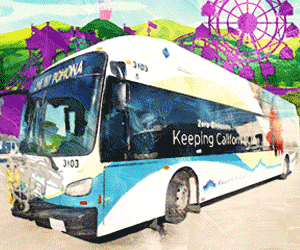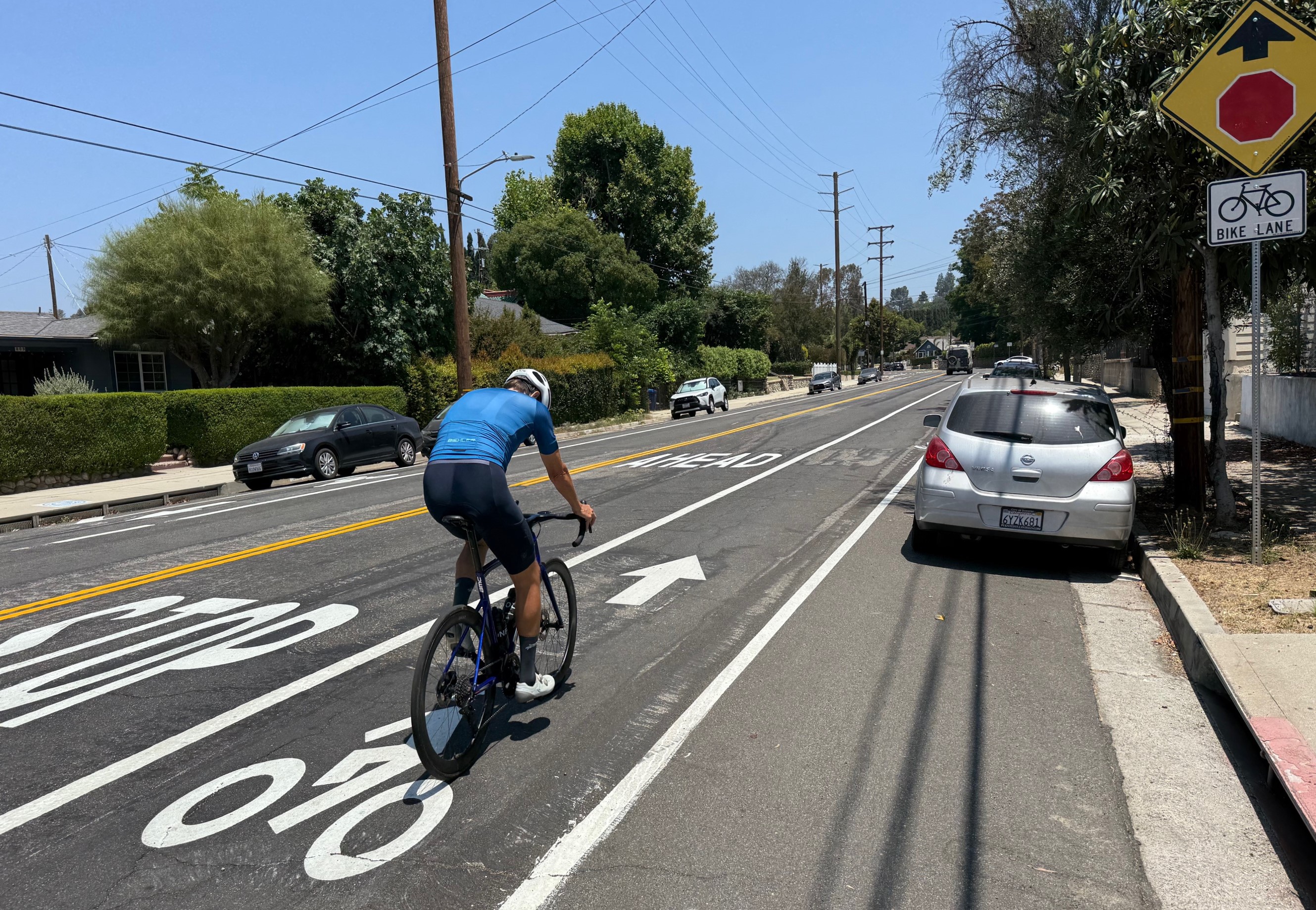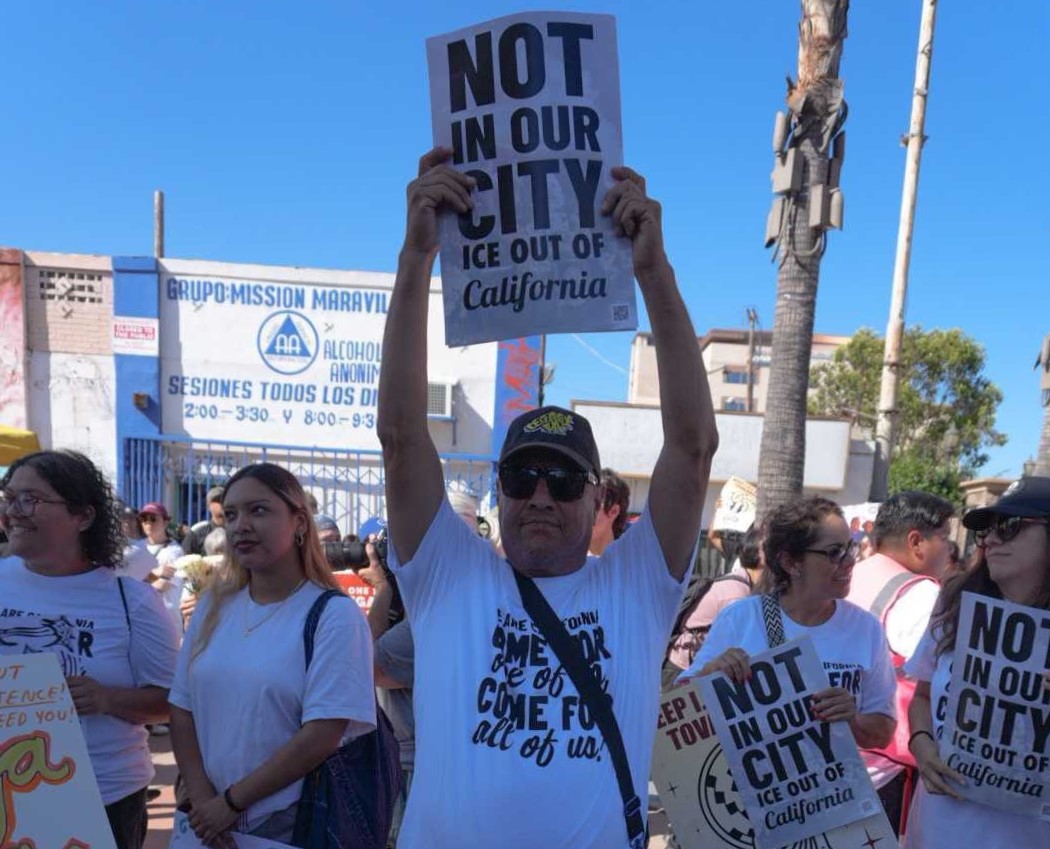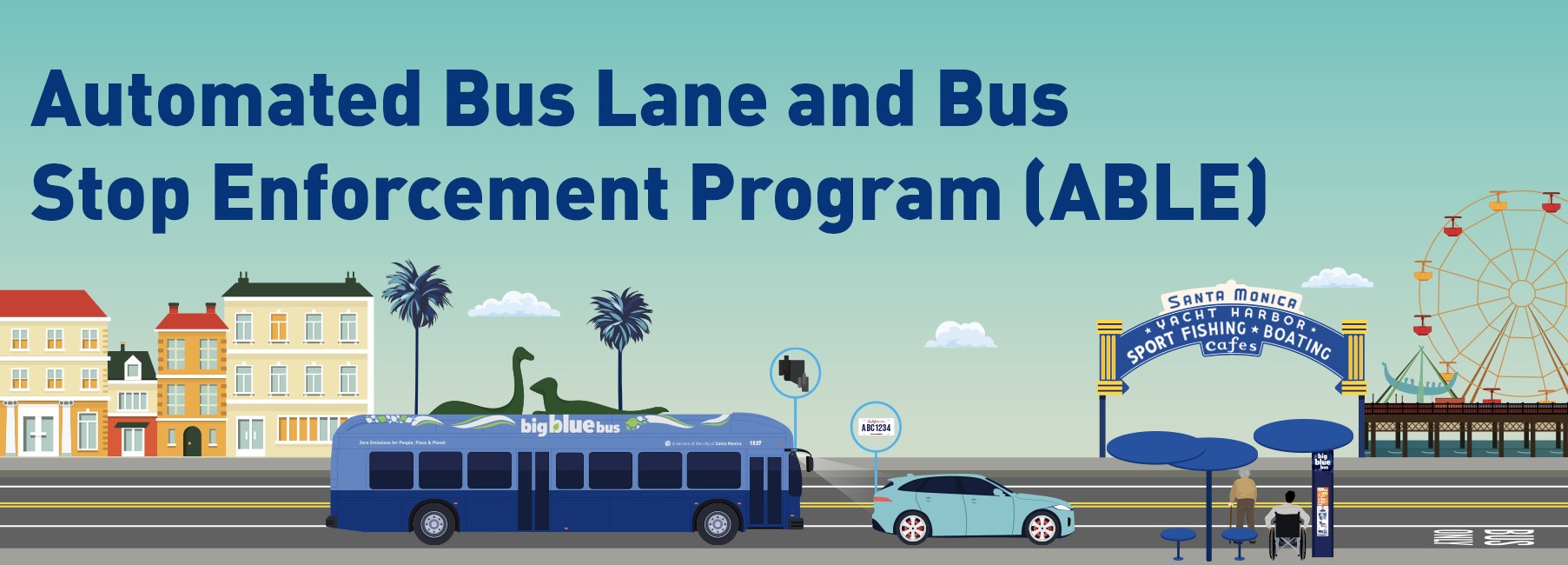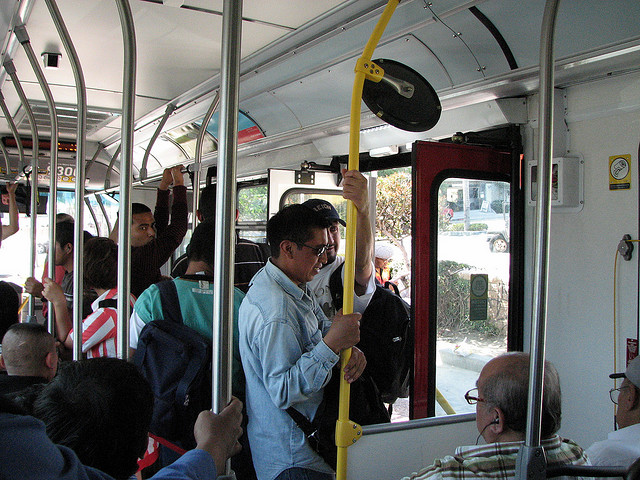
Every year, the Metro Board combines its December and November meetings into one giant meeting in mid-December. One item, passed by the Board's Safety and Operations Committee in November is already raising concern from bus advocates and riders who are worried that a change in bus' headway times could lead to more crowded conditions.
The innocuously titled Agenda Item 45: Update Metro Service Standards and Policies proposes to increase the maximum headway time for rapid bus service to 20 minutes for peak service and 30 minutes for off peak service. This doesn't mean that there will suddenly be a thirty minute wait for all rapid buses in the middle of the day, but it gives Metro the flexibility to altar time tables for bus service on rapids and other lines that it doesn't have at the moment.
"The new standards are unequal and biased, allowing buses to have slow 60 min headways versus 10-12 minute headway cap for rail service. If these kinds of service standards get applied more buses can be slowed down and trip thinned by the MTA. Bus riders will have to bear additional wait times and this will kill ridership on the buses," explains Sunyoung Yang, an organizer with the Bus Riders Union. "If the same headway standards applied on any of the rail service even the Red Line, no one would ride it—imagine waiting 30 min to an hour for the next train to go to Union Station."
For its part, Metro staff says that Agenda Item 45 is as innocuous as its title.
"We’ve been using 20 minute frequency for evaluating Rapids over the past few shakeups, so the standards are consistent with our informal guidelines," writes Dave Sotero from Metro's public relations division. "The original planning guidelines for Rapids were 10 minute peak/20 minute base. We were required to operate Rapids at this level for a period of one year from each line’s implementation.
After the first year, we are allowed the flexibility of matching service with demand. During the past few years, we’ve conducted an evaluation of the Rapid program and right-sized service levels to match demand. As a result, many of the rapids do not follow the 10 min peak frequency. Therefore the standard was reset to 20 minute to be consistent with current operations."
The Bus Riders Union contends that changing the headways is part of a self-fulfilling plan that reduces bus ridership. For example, if bus headways are increased in an area, it will reduce the people riding that bus service, which will lead to reduced ridership. The reduced ridership will lead to increased headways, that will again reduce the ridership. To the Bus Riders Union, Metro is basically practicing the reverse of the induced demand theory that applies to highway widenings.
Metro's Rapid Line 720 on Wilshire Boulevard is one of the most used rapid bus lines in America, and thanks to some unfortunate problems earlier this month, it provided a window into what a 20 minute headway on that rapid line would look like. Streetsblog reader Elizabeth Huff wrote her sibling Herbie Huff about a two night period where there was a 20 minute headway on the 720. Metro staff claims that there was no plan for this change, but that sometimes mechanical problems, traffic and other variables collude to create a mess for transit riders.
The Huffs write of the early November experience:
Both times it has been a crisis of full buses passing crowds of dozens. At her stop at Beverly, tonight she counted over 50 people waiting for the bus. It is usually 10-15 people; and the 720 bus is posted to run on 5 minute headways normally. She usually waits 5-10 minutes for a bus, and the past two nights she has waited 30 minutes and 45 minutes respectively. Something very fishy is going on.
She has observed the bunching of buses, which is a normal occurrence and can screw up headways, but the sheer number of buses running right now only adds up to a fraction of the usual.
By the end of the week, the bus headway was back to normal.


